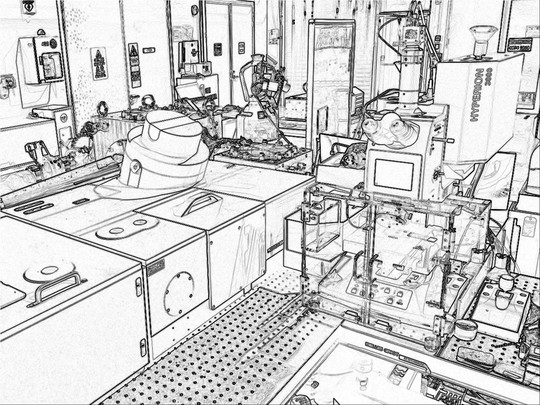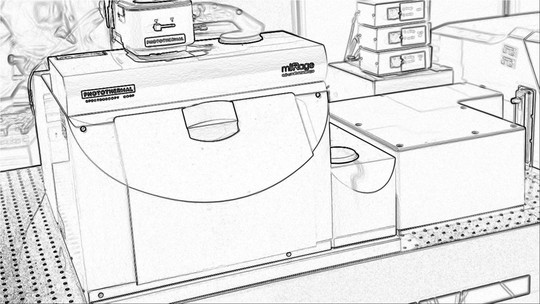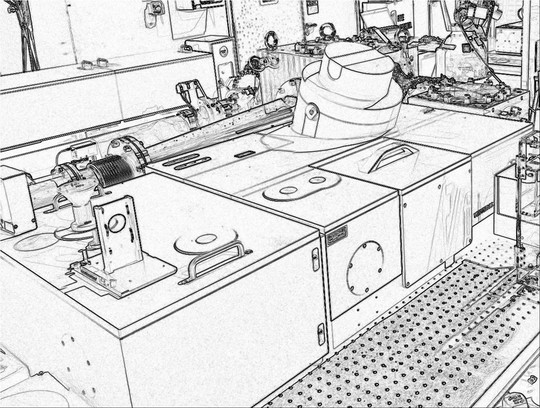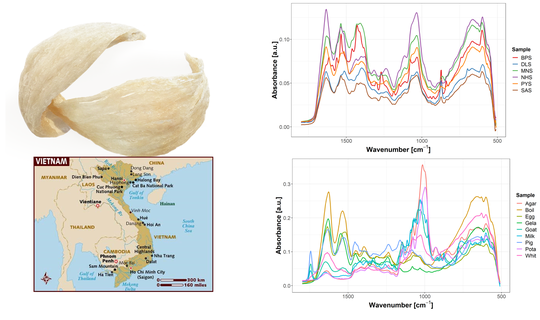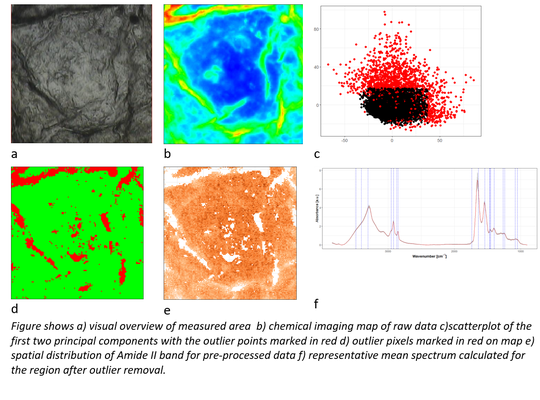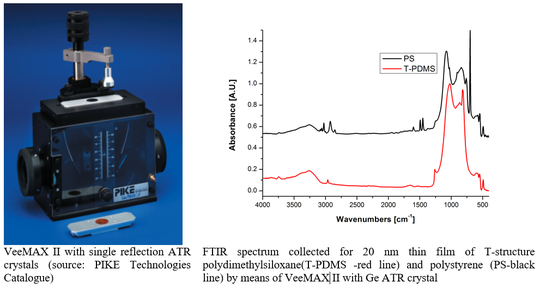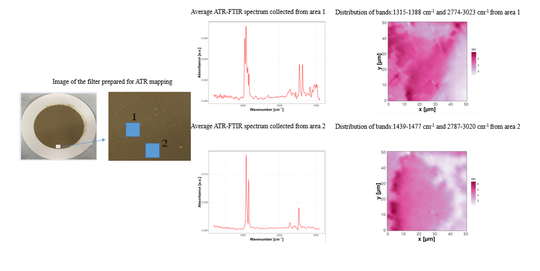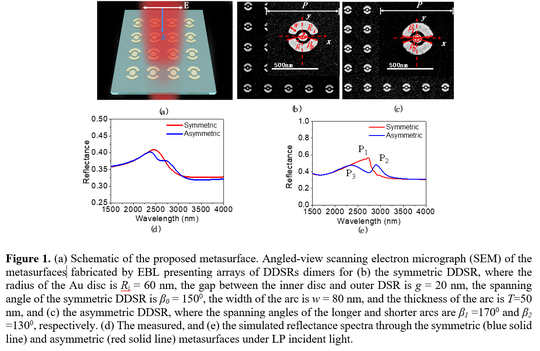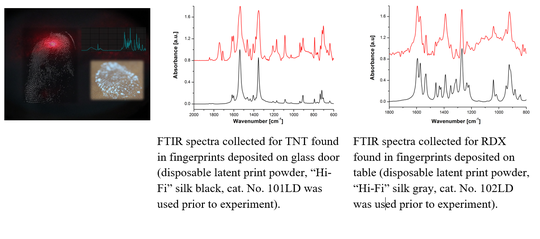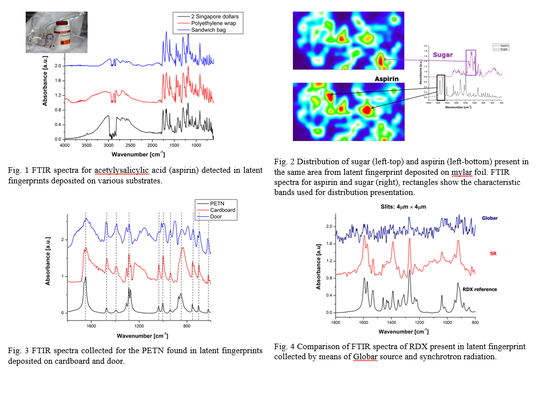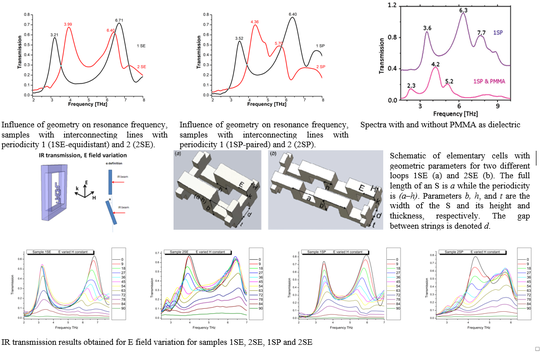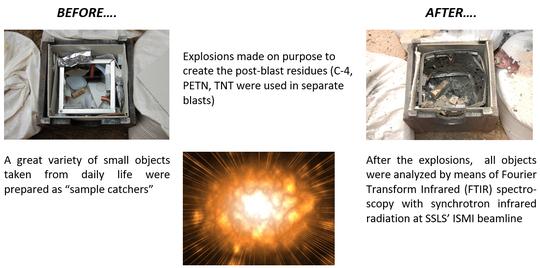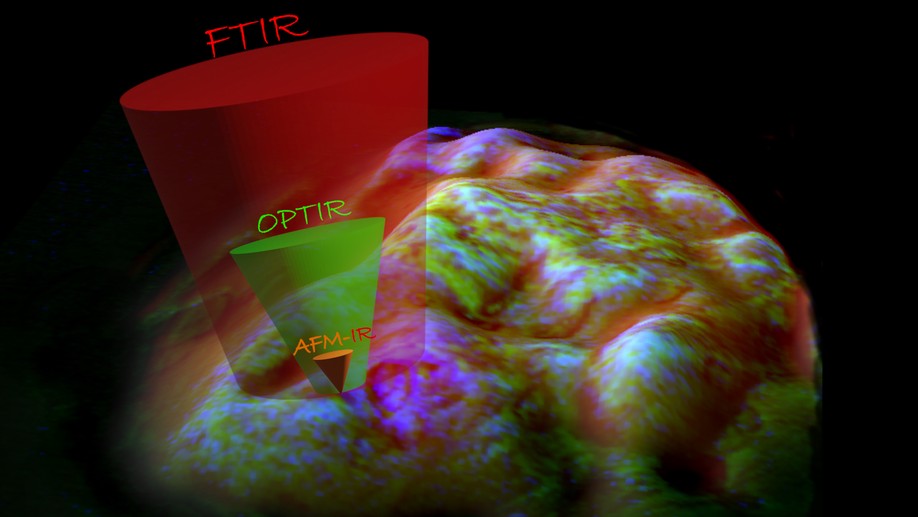A Banas, K Banas, M Lo, M Kansiz, S M P Kalaiselvi, S K Lim, J Loke, M B H Breese
2020-06-22
Analytical ChemistryAs we live today under a constant threat of global terrorism, effective detection of highly energetic materials is one of the critical procedures needed at a variety of locations including airports, border checkpoints, and entrances to high security buildings. In this work, the application of O-PTIR (Optical- Photothermal InfraRed) spectromicroscopy for the detection of high explosive materials within fingerprints is described. High explosive (HE) materials (PETN, RDX, C-4, TNT) were used to prepare contaminated fingerprints. These were subsequently deposited on various objects including microscopic glass slides, a table, a mug, etc. Samples deposited on glass slides were directly sent for analysis; for other samples, adhesive tapes were used to lift off fingermarks. In cases of difficulty in locating fingerprints, additional powders were used to enhance their visibility. Experiments were performed with the mIRage IR microscope working in non-contact, far-field reflection mode and offering submicron IR spectroscopy and imaging. Fast imaging (several characteristic absorbances were selected for every substance of interest) was used to locate “suspicious” particles among various residues present in fingerprints. Subsequently spectra were collected for those particles. Reflection mode O-PTIR spectra taken from powdered and non-enhanced fingerprints were of comparable quality to transmission mode FTIR spectra collected for pure HEs. Based on the performed experiments we consider that O-PTIR spectromicroscopy opens a new avenue for non-destructive, efficient and reliable analysis of exogenous substances deposited within fingerprints. The real significance of O-PTIR is in its ability to deliver high quality spatially resolved FTIR transmission-like spectra below the diffraction limit of infrared wavelengths, whilst doing so in easy-to-use reflection (far-field) mode. Collected spectra are also searchable and interpretable in both commercial and institutional IR databases without mathematical modelling.

